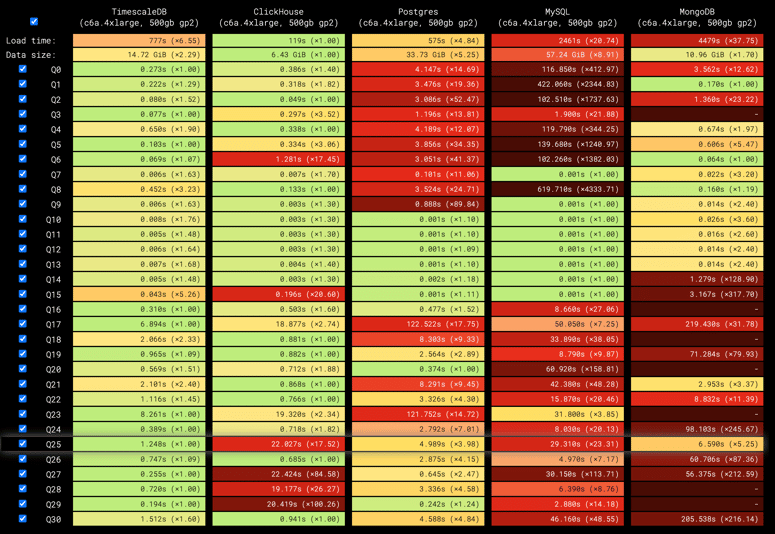Project delays and budget overruns are among the biggest challenges project managers face. Whether it’s missed deadlines, unexpected costs, or inefficiencies in execution, these issues can derail even the best-planned projects. While many teams apply quick fixes—such as extending deadlines or increasing budgets—these are temporary solutions that don’t address the underlying problem.
This is where Root Cause Analysis (RCA) comes in. RCA helps teams identify the true cause of project setbacks and implement solutions that prevent them from happening again. By systematically analyzing project failures, organizations can boost efficiency, reduce costs, and improve overall project success.
Why Projects Face Delays and Budget Overruns
Project setbacks often stem from deeper, unresolved issues rather than isolated incidents. Some common causes include:
Poor project planning – Unclear objectives, unrealistic deadlines, and vague scope definitions.
Resource mismanagement – Overloaded teams, skill mismatches, or underutilized resources.
Inaccurate cost estimations – Unanticipated expenses, price fluctuations, or incomplete budgeting.
Scope creep – Uncontrolled changes in project requirements without adjusting budgets or timelines.
Communication gaps – Misalignment between stakeholders, unclear task ownership, and lack of status visibility.
Inefficient workflows – Bottlenecks, redundant approvals, or ineffective task delegation.
Applying Root Cause Analysis allows project managers to pinpoint the exact reasons for these setbacks and take corrective actions before they escalate.
Step-by-Step Approach to Root Cause Analysis for Project Success
Step 1: Clearly Define the Problem
Before identifying the root cause, it’s essential to define the problem accurately. Ask:
What is the specific issue?
When and where did it occur?
Who or what is affected?
What impact does it have on the project timeline and budget?
Example: Instead of saying, “The project is delayed,” specify:
"The software development project is behind schedule by four weeks due to extended testing phases and rework caused by unclear requirements."
Step 2: Collect Data & Analyze Trends
Gather relevant project data such as:
📌 Project reports and progress logs
📌 Budget tracking and financial reports
📌 Feedback from team members and stakeholders
Look for recurring trends or patterns that may indicate underlying issues.
Step 3: Identify the Root Cause Using RCA Tools
✅ 1. The 5 Whys Technique
Keep asking “Why?” until you uncover the core issue.
Example:
Why is the project delayed? → Testing took longer than expected.
Why did testing take longer? → Too many defects were found.
Why were there too many defects? → Requirements were unclear.
Why were requirements unclear? → Stakeholders had different expectations.
Why did stakeholders have different expectations? → There was no standardized documentation process.
👉 Root Cause: Lack of a standardized documentation process.
✅ 2. Fishbone Diagram (Ishikawa Diagram)
A visual tool categorizing root causes under People, Process, Technology, and External Factors to systematically analyze the issue.
✅ 3. Pareto Analysis (80/20 Rule)
This method helps prioritize the 20% of issues that contribute to 80% of the project delays and budget overruns.
Step 4: Implement Corrective Actions
Once the root cause is identified, apply targeted, long-term solutions.
🔹 For unclear requirements:
Implement standardized requirement documentation templates.
Conduct alignment meetings with stakeholders before execution.
🔹 For budget overruns:
Use detailed cost breakdowns and contingency planning.
Track real-time spending against the budget.
🔹 For resource mismanagement:
Improve resource allocation and skill matching.
Use project management tools for better workload visibility.
Step 5: Monitor and Prevent Future Issues
To ensure similar problems don’t recur:
🔸 Conduct regular project audits.
🔸 Establish clear workflows and responsibilities.
🔸 Use project management software for real-time tracking.
Final Thoughts
Project delays and budget overruns don’t have to be inevitable. With Root Cause Analysis, project managers can solve issues at their core, prevent recurring problems, and improve overall project efficiency.
By implementing RCA as a proactive strategy, organizations can eliminate bottlenecks, optimize resource utilization, and keep projects on track and within budget.





Top comments (1)
Thank you for this insightful post! The emphasis on root cause analysis as a tool for addressing project delays and budget overruns is spot on. Identifying the underlying issues rather than just treating the symptoms can lead to more sustainable solutions and ultimately improve project outcomes.
In my experience, one of the most common root causes of delays and overruns is inadequate communication among team members and stakeholders. When everyone is not on the same page, it can lead to misaligned expectations and unforeseen challenges. Implementing regular check-ins and utilizing collaborative tools can significantly enhance transparency and accountability. For instance, platforms like Teamcamp can help streamline communication and task management, making it easier for teams to stay aligned and address issues proactively.
What strategies have you found most effective in fostering communication within teams to prevent these issues? I’d love to hear your thoughts on how we can further enhance collaboration to mitigate project risks!